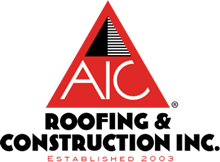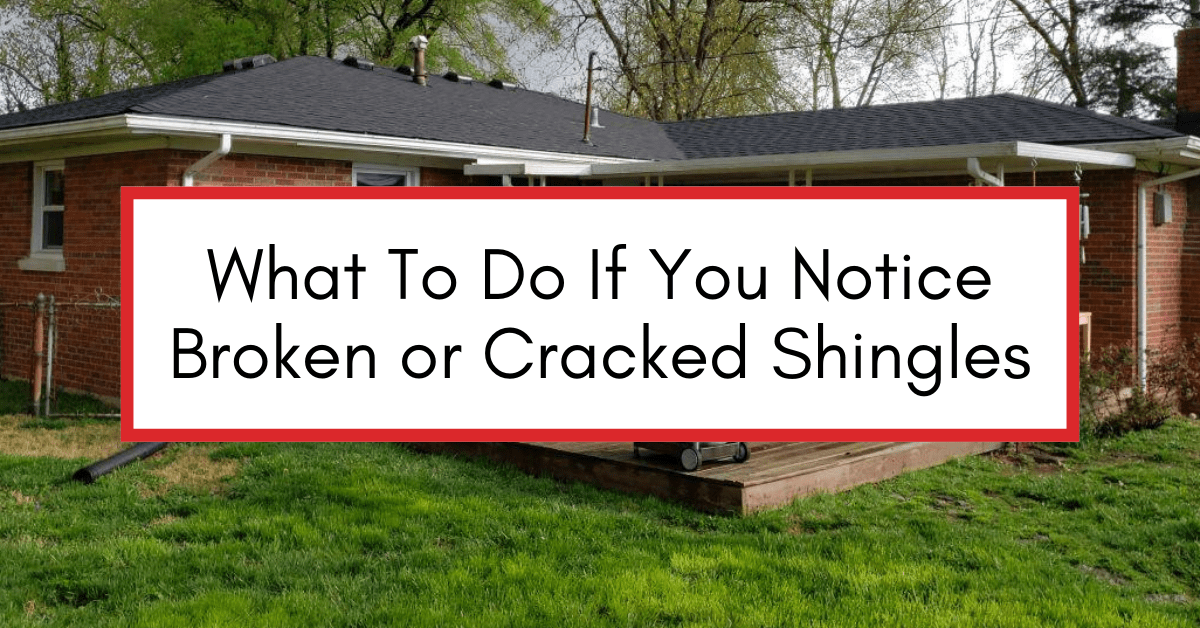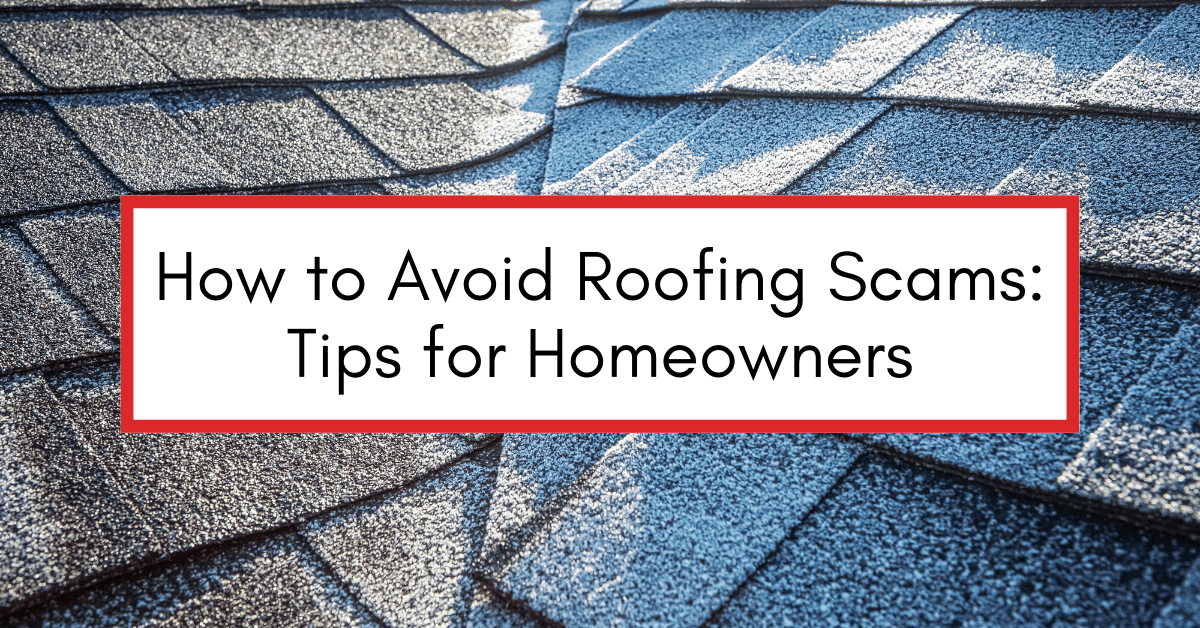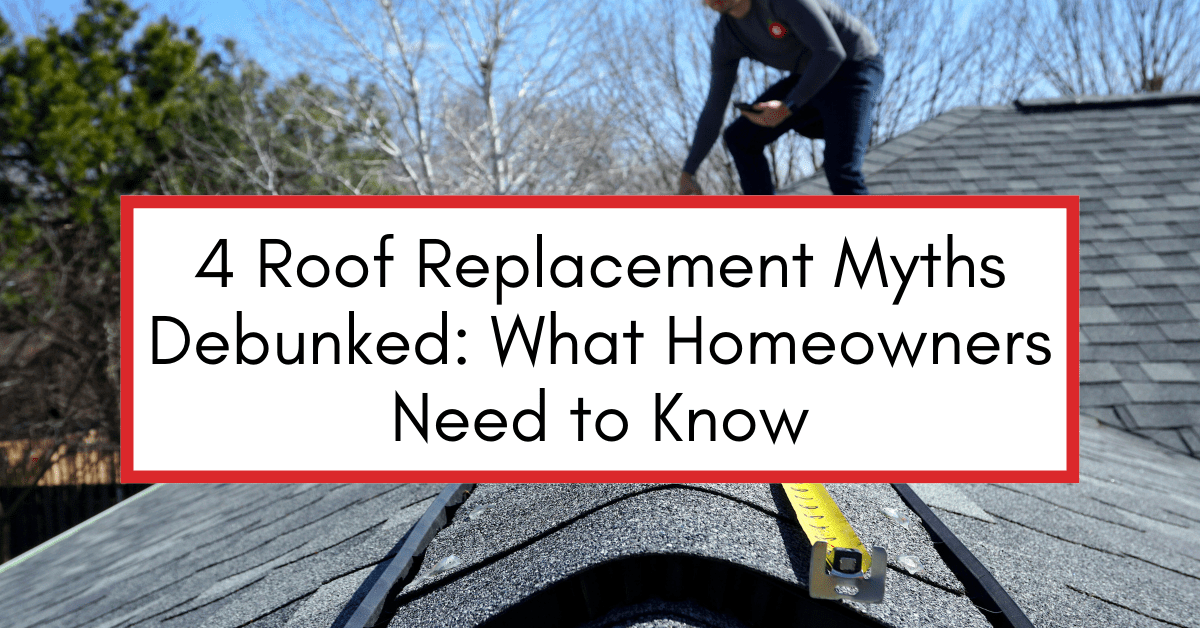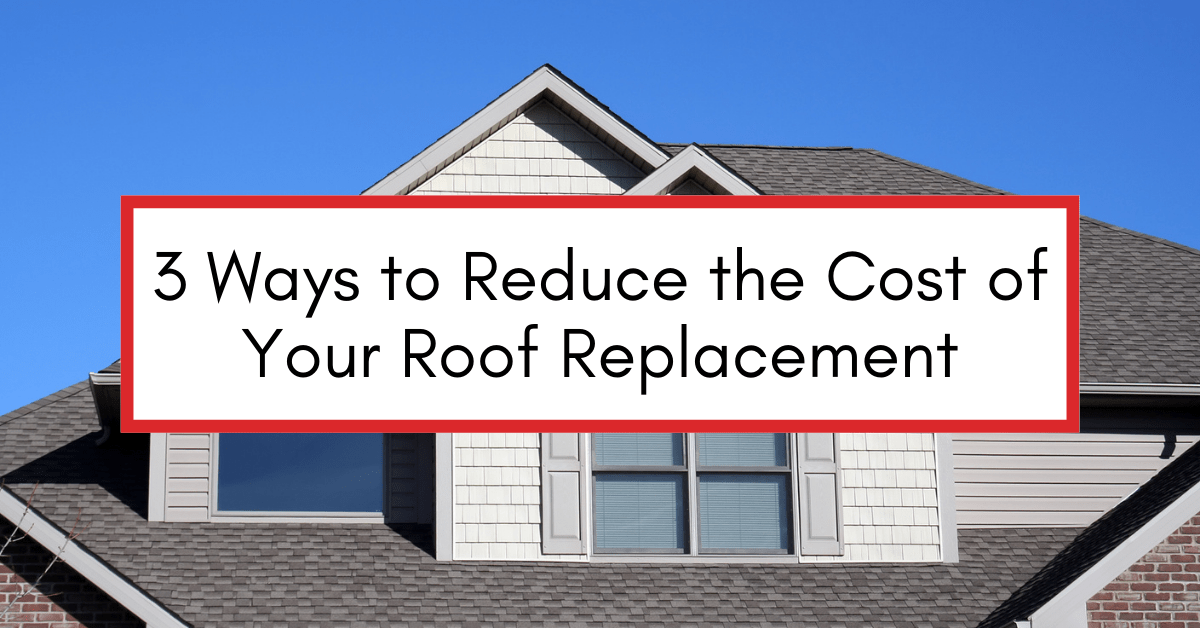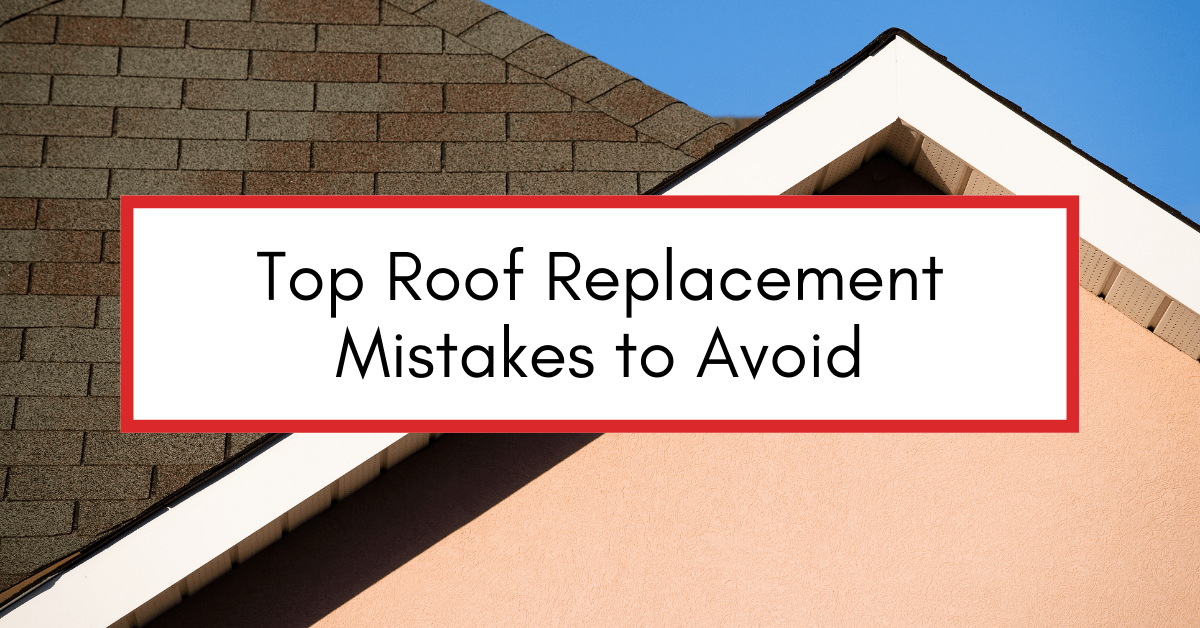Maintaining a roof is essential to protect your home from the elements. One of the most common issues homeowners face is broken or cracked roof shingles. Many homeowners may put off calling a roofing contractor out of fear. In this article, we will guide you through the repair process and provide tips on how to maintain your shingles and roof.
Understanding the Importance of Roof Maintenance
Your roof serves as a vital barrier against rain, snow, wind, and other external factors that can cause damage to your home. By properly maintaining your roof, you can extend its lifespan and prevent costly repairs down the line.
Roof maintenance goes beyond just fixing visible issues. It involves regular inspections and preventive measures to ensure that your roof remains in optimal condition. This includes cleaning out gutters, removing debris, and checking for any signs of wear and tear. By taking proactive steps, you can identify potential problems early on and address them before they escalate into major issues.
The Role of Shingles in Roof Protection
Shingles play a key role in protecting your roof from the elements. They act as a shield, preventing water and debris from penetrating the underlying layers. When shingles become damaged, it compromises their ability to provide adequate protection, leaving your roof vulnerable to leaks and further damage.
There are various types of shingles available, each with its own set of advantages and disadvantages. Asphalt shingles, for example, are popular due to their affordability and durability. They are designed to withstand harsh weather conditions and can last for several decades when properly maintained. Other options include wood shingles, metal shingles, and slate shingles, each offering their own unique characteristics.
Identifying Common Roof Shingle Problems
It’s important to identify the common problems that can affect roof shingles. Some signs to watch out for include cracked, curled, or missing shingles, as well as shingle granules collecting in your gutters. Additionally, inspect your roof for any areas that may be sagging or showing signs of water damage.
Curled shingles are often caused by prolonged exposure to sunlight and heat. Over time, the shingles can become brittle and start to curl at the edges. This not only compromises their functionality but also affects the overall aesthetic appeal of your roof. Cracked shingles, on the other hand, can occur due to impact from falling branches or severe weather conditions. It’s important to address these issues promptly to prevent water infiltration and further damage to the underlying structure.
Missing shingles are a common problem that can occur due to strong winds or improper installation. When a shingle goes missing, it creates a gap in your roof’s defense system, allowing water to seep through and potentially cause leaks. Regularly checking for missing shingles and replacing them as needed is essential to maintaining the integrity of your roof.
Shingle granules collecting in your gutters is another sign of potential shingle problems. These granules, which resemble coarse sand, protect the shingles from UV rays and provide additional fire resistance. If you notice excessive granule loss, it may indicate that your shingles are nearing the end of their lifespan and may need to be replaced.
Water damage and sagging areas on your roof should not be ignored. These signs often indicate underlying issues such as rotting or weakened roof decking. If left unaddressed, these problems can lead to structural damage and compromise the safety of your home. It’s crucial to consult a professional roofer to assess the extent of the damage and recommend appropriate repairs.
Tips for Maintaining Your Roof Shingles
Repairing broken or cracked roof shingles is just the first step in maintaining a healthy roof. To ensure the longevity of your shingles and the overall integrity of your roof, follow these essential tips for ongoing maintenance.
Regular Roof Inspections
Schedule regular inspections of your roof to catch any potential issues early on. Look for signs of damage, such as loose or missing shingles, and address them promptly to prevent further damage.
Cleaning and Moss Removal
Keep your roof free of debris, leaves, and branches, as they can trap moisture and lead to the growth of moss and algae. Regularly clean your roof by gently scrubbing away any build-up, and consider using a moss remover to prevent moss from taking hold.
When to Call a Professional Roofer
While repairing broken or cracked roof shingles is a task that many homeowners can handle, there are instances where it’s best to enlist the help of a professional roofer.
Signs of Severe Roof Damage
If you notice extensive damage to your roof, such as widespread shingle deterioration or structural issues, it’s crucial to call in a professional. They have the expertise to assess the damage and recommend appropriate repairs or replacement options.
Benefits of Professional Roof Repair
Hiring a professional roofer brings several advantages. They have experience working with a variety of roofing materials, can quickly identify underlying issues, and offer warranties on their work. Additionally, professionals have access to specialized tools and equipment that may not be readily available to homeowners.
By following this step-by-step guide to repairing broken or cracked roof shingles, supplemented with regular maintenance, you can ensure the longevity and effectiveness of your roof. Remember to prioritize safety throughout the repair process and assess whether professional assistance is necessary based on the severity of the damage. With proper care, your roof will continue to protect your home for years to come.
If you’ve noticed cracked or missing shingles, don’t wait. Contact AIC Roofing & Construction today!
3-tab attics barns chimney choosing a contractor commercial cost curb appeal DIY estimate financing flashing flat roof GAF glossary gutter replacement gutters gutter size gutter system ice dams inspections insurance missing shingles roof design roofing materials roofing system roof leak roof maintenance roof materials roof repair roof replacement roof shapes roof types shingle ratings shingles siding siding materials siding replacement skylights storm damage underlayment ventilation warranty winter
